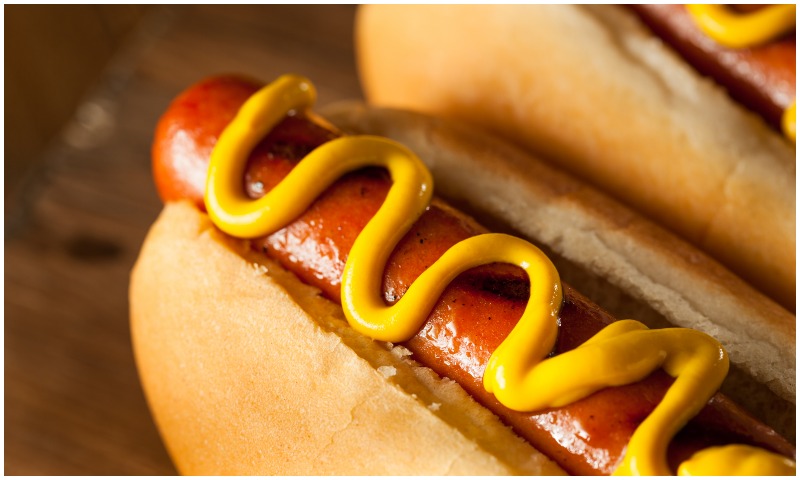Hot dogs are one of the most iconic American foods. They are staples of ball games, picnics and Fourth of July celebrations.
Among the many brands of American hot dogs that are sold today, Nathan’s Famous hot dogs often stand out as being one of the more successful brands in the country. The secret to their success wasn’t just the secret recipe used to create their hot dogs, but also their clever marketing strategies throughout the years.
In 1916, Nathan Handwerker and his wife, Ida, opened a hot dog stand on Coney Island. Using the secret recipe from Ida’s grandmother, they began selling hot dogs to the public for a nickel a piece. In order to promote the hot dog stand, Nathan tried a bevy of marketing tactics.
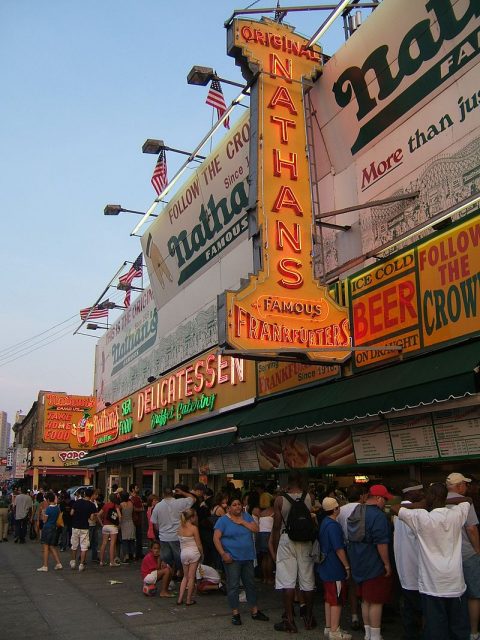
One of the main problems was that his hot dogs were decidedly cheaper than the competitions. This could lead to the idea that his hot dogs were of lower quality. In order to combat this, he hired young men wearing white jackets to stand in front of his stand, eating hot dogs.
Those who observed these well dressed, higher class gentlemen enjoying the hot dog quickly concluded that the food must be of good quality.
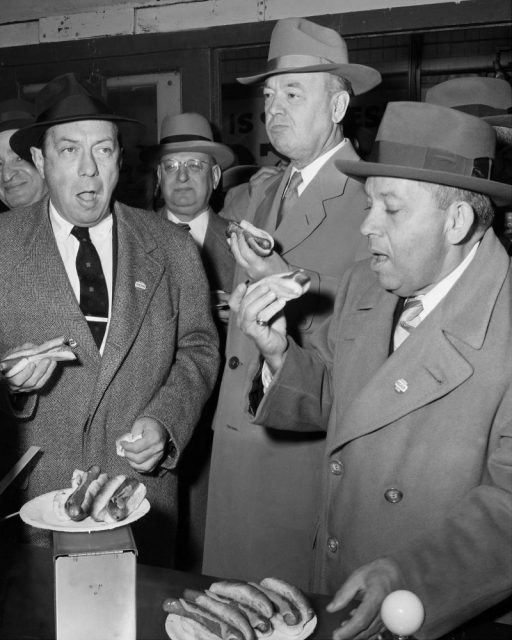
Another marketing effort was a hot dog eating contest. While there are disputes about when Nathan’s Hot Dog Eating contests first began, legend has it that the first hot dog eating contest happened in 1916.
Four hungry men, all in an argument about who was the most patriotic, challenged one another to a hot dog eating contest, hosted by Nathan’s stand.
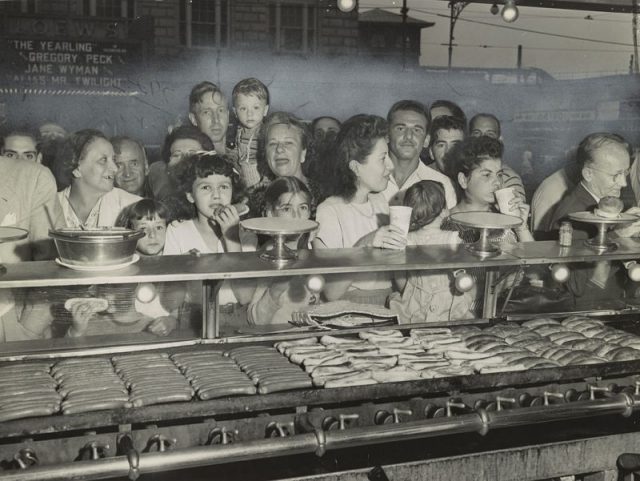
From then on, every year on the Fourth of July, Nathan has hosted a hot dog eating contest. While this is mostly an apocryphal story, the circulated story was meant to generate buzz and interest in hot dogs.
Yet, not all marketing efforts of the Nathan’s stand on Coney Island were well thought out. In 1954, Nathan Handwerker went on a business trip to Miami. His son, Murray Handwerker, would be left in charge of the stand.
Original film footage of Coney Island around 1940.
As entrepreneurial minded as his father, Murray enjoyed figuring out ways to sell hot dogs to the masses. It was this eagerness to find a marketing gimmick that would cause a strange and embarrassing case for the Nathan’s brand.

A stranger, a huckster of sorts, by the name of Leif Saegaard arrived one day at Murray’s stand. Quite curiously, Mr. Saegaard had acquired an embalmed finback whale and was looking to rent it out as an attraction.
Saegaard proposed to Murray a deal that would make them both money. Nathan’s would pay to rent out the whale carcass and place it on display in a lot next door. The whale’s display would bring in spectators who, upon being so close to a hot dog stand, would purchase something to eat after observing the curiosity.
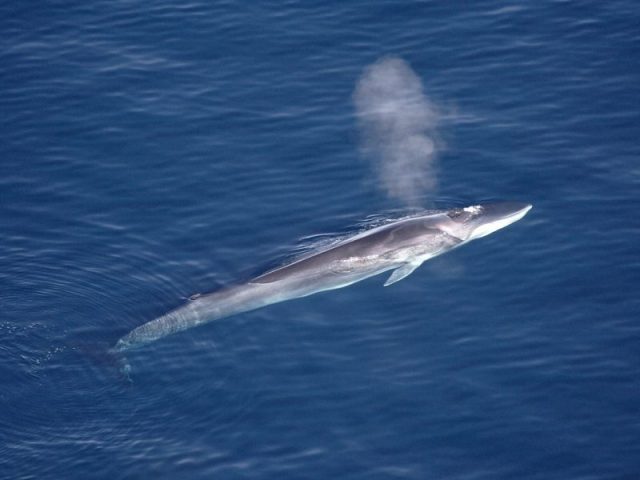
Murray Handwerker saw merits to the plan and agreed to the man’s plan. He paid to have the 75-foot-long, 70-ton whale placed on display in the hopes of generating more foot traffic towards his stand. The plan was ill-conceived due to a few factors, but the biggest one was the fact that there was nothing to protect the whale carcass from the burning heat of the sun.
The first few days of the display went fine, but as soon as a heat wave came across Coney Island, the whale began to break down and rot under the hot sun. Of course, a rotting carcass next to a hot dog stand would have the complete opposite effect of what Murray had been trying to achieve. The wretched stench of whale caused onlookers to quickly take their leave, without buying a hot dog.
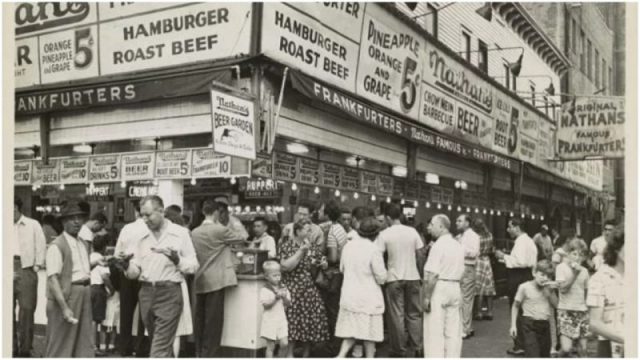
Indeed, for the next few days, people steered clear of Nathan’s Famous Hot Dogs. Complaints were made by other businesses and the health department was about to get involved in the debacle. The whale had to be disposed of and returned to the ocean before Nathan’s could return back to business as usual, which cost even more money to achieve.
In the end, a furious Nathan Handwerker would return from his trip to scold his son for the marketing ploy. It’s safe to say that they both learned a valuable lesson — never put a whale or other large animal corpse on display next to your hot dog stand.
Andrew Pourciaux is a novelist hailing from sunny Sarasota, Florida, where he spends the majority of his time writing and podcasting.
